Out of all the big, bulky parts that make up your vehicle, how often do you really pay attention to the smaller elements? Usually, if there’s something wrong with almost anything, there is usually a large, individual part that causes it to be broken.
However, what we don’t know is that the malfunction can actually be present in a smaller part inside that big, bulky portion.
Like the CPU in a desktop set and your piston rings and the engine – but how exactly do you detect the problem in your car and pinpoint it to a certified “bad piston ring” problem? Philkotse.com will help you know in this article.
1. What is a piston ring?
A piston ring is a part of your automobile that you find inside the engine. It’s usually a split ring-shaped object that fits directly into a groove on the outer part of your vehicle’s piston.
Even though you can usually find this in motor vehicles, piston rings are also present in other machineries like a steam engine and other assemblies that include an internal combustion engine.
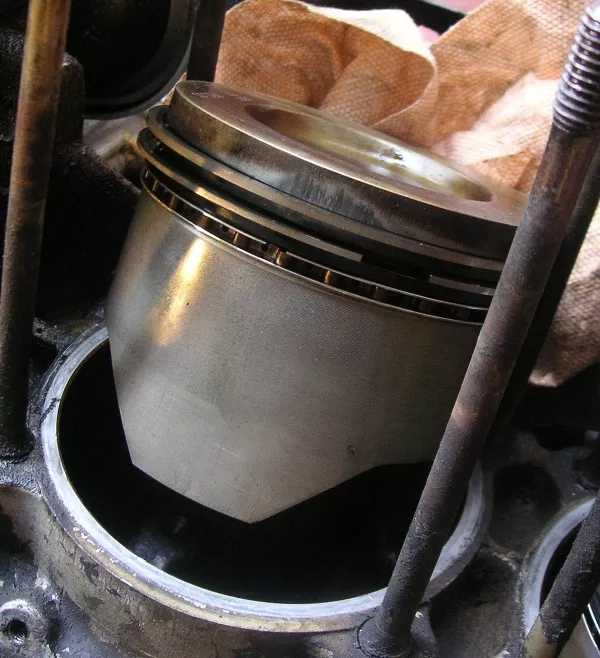
A piston ring is usually a split ring-shaped object that fits directly into a groove on the outer part of the car's piston
2. Symptoms of a defective piston ring
When your vehicle has a broken compression ring, the first and foremost sign that there is indeed something wrong with your vehicle is the loss of performance quality.
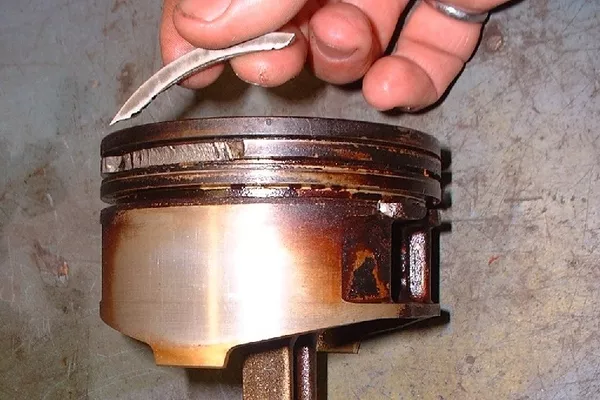
The first and foremost sign is the loss of performance quality
Here are some apparent and unapparent signs that you’ve blown out a compression ring. If you noticed one, two or more signs present or exhibited by your vehicle, then you may have a serious case broken compression rings on your hand.
Rough idle
A rough idle time for the engine will also become obvious as the defective piston ring affects the cylinder.
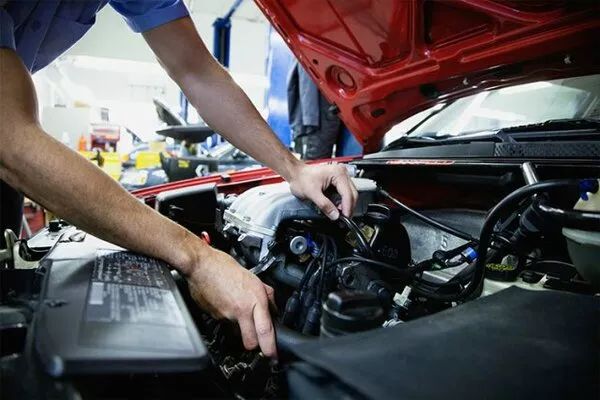
A rough idle time for the engine will also become obvious
>>> Worth reading: How to fix a rough idle or stalling car?
The crankcase of the ventilation system
It will also cause the blow-by gases to eventually enter the sensitive crankcase due to the lack of containment for the combustion gases. This will then come out of the positive crankcase of the ventilation system. To confirm this:
- Locate your car’s PCV valve. You should be able to find it easily on your car’s valve cover.
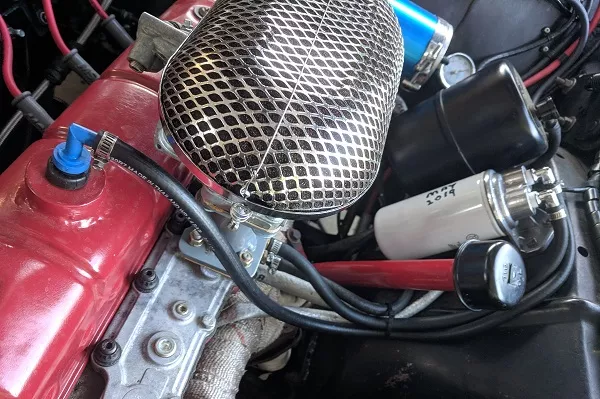
Locate your car’s PCV valve
- Once you find the right part, disconnect the PVC from the part called breather tube. If you don’t know what this is, you can freely check your vehicle’s manual.
- After successfully opening the valve, try and notice if there is a smoky discharge from it and if it has a particularly strong odor. If you can confirm these two signs, then there is a large chance that the piston’s compression rings are broken.
>>> Related post: Must-know tips to clean air throttle body & idle air control valve properly
Compression leaks
This can also develop more severe problems in the future. For example, in diesel engines that use high-sulfur fuel, the internal assembly can be severely damaged by compression leaks.
The fuel reacts negatively to the oil and acts as a solvent. It thins the engine oil which makes it harder for your car’s internal parts to run smoothly. You can check the condition of your gasoline-powered engine by using a compressor tester.
The results should be around 160 and 180 psi. Also, note that there should be no more than 15 percent of the variation between your vehicle’s cylinders. There are events when different vehicle models have a different number of pistons.
Use a compression test on each cylinder. Take note if it’s low on one particular cylinder, then there may be a broken ring there that you would definitely need to replace.
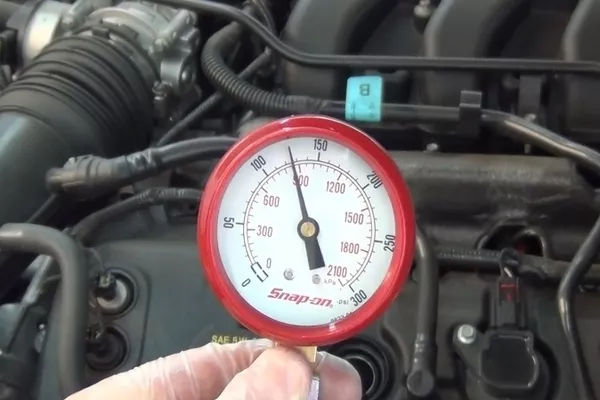
You can check the condition of your gasoline-powered engine by using a compressor tester
If there is a broken oil control ring, you will have to notice this by the quality of your vehicle’s exhaust. The first thing you’ll notice is a blue-ish tinge to the smoke with a strong hint of oil in its odor.
The puff of blue-colored smoke will usually come out of the exhaust every time you rev for the bad cylinder, while a normal exhaust will be seen when you rev for the good cylinders.
There could also be a loss of oil in the reservoir. Even though leaks are usually the cause of missing oil, a bad piston ring could also cause this. Another sign is the presence of oil fouling on the engine’s sparkplug of the affected cylinder.
3. Mechanical damage in the piston
Asides from the reasons above, your piston rings can also be severely affected by mechanical factors that are already present in the engine assembly. Here are possible mechanical factors that can cause bad piston rings.
Low lubrication
Low lubrication and free hydrocarbons could be causing too much friction between the parts, thus creating damage to the rings. This is because the end of the rings gouges the cylinder wall, thus, preventing the other rings from getting a good contact point with the cylinder walls.
The grooves on the annular ring of the piston can also be damaged
Since the cylinder walls and its rings are both harder than what pistons are usually made of (which is usually aluminum}, the piston can also be damaged and even partially or completely broken.
If this happens with your vehicle, any pieces that have been broken off from the steel or aluminum parts are highly likely to land at the bottom of the crankcase.
This will eventually ruin the assembly and cause worse damages to your car’s internal assembly. It’s best to fix broken piston rings as soon as you notice them and before they result to a more expensive issue to fix.
Piston Rings & Blowby - Explained
You can thoroughly inspect your vehicle’s cylinder head for damage by pulling the head up. If you have the budget or the equipment, you can also result in a less-invasive procedure to get the check-up done.
A small-sized mechanic’s camera usually fits right into the small gaps and crevices of your vehicle without too much trouble.
This will allow you to see if there are teeth or pieces from the internal parts that have been chopped off due to mechanical failure.
It will also save you time, effort (and possibly money) if you happen to take apart the engine because there was something wrong with your ride and you presumed that it was the malfunction was in the piston or the piston rings.
>>> Visit Philkotse.com for more helpful tips and advice for your car maintenance.
Recent posts
- Get to know engine types and 4 DIY tips to diagnose unhealthy ones Jan 12, 2021
- 8 common signs of a bad throttle position sensors & how to fix it! Jul 12, 2021
- 6 common symtoms of a car's suspension system problems Oct 22, 2020
- 4 Essential Care Tips for Maintaining Your Car Engine Nov 30, 2022
- Spotting 8 Early Symptoms of Engine Problems Jul 05, 2018












